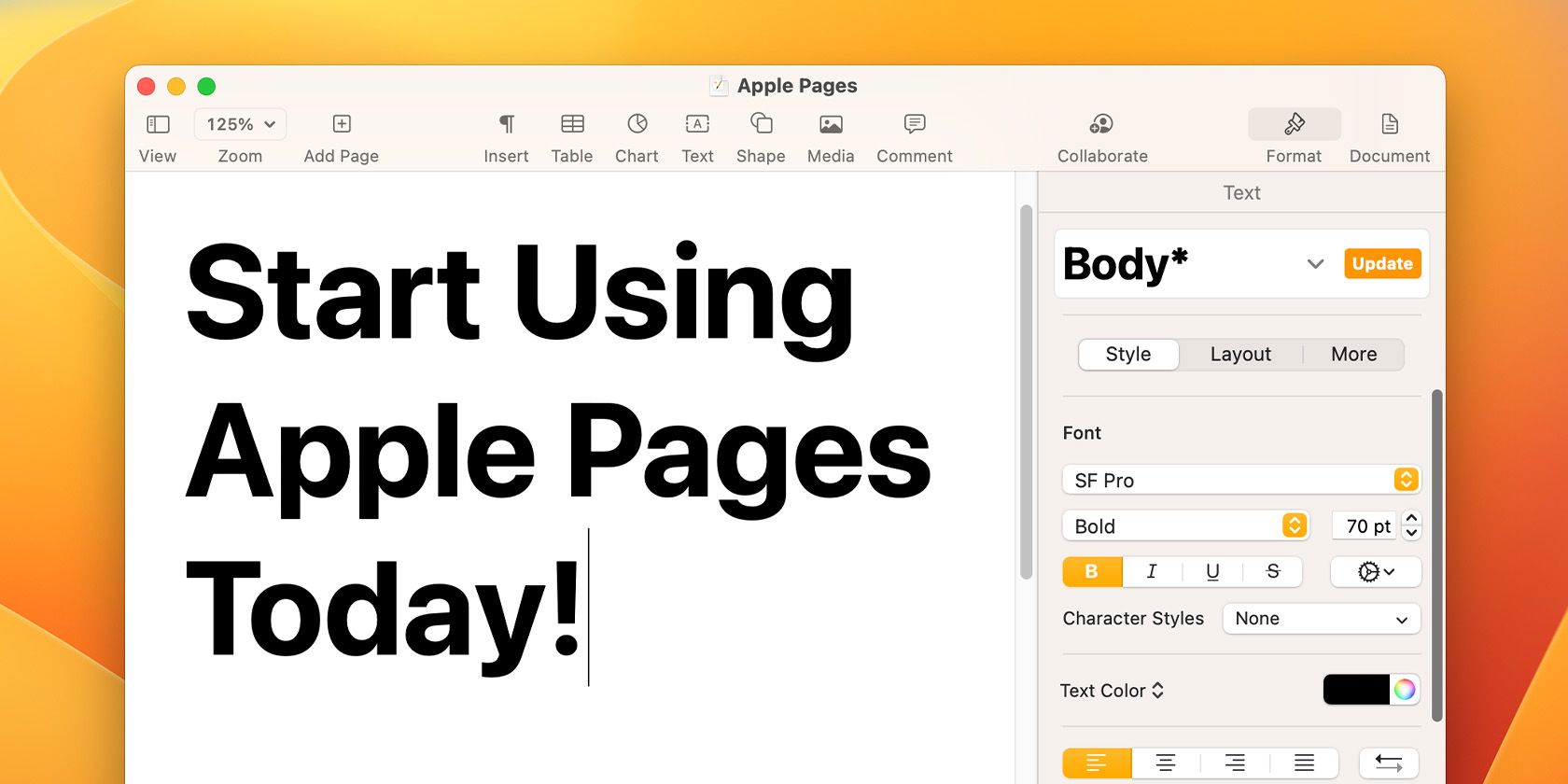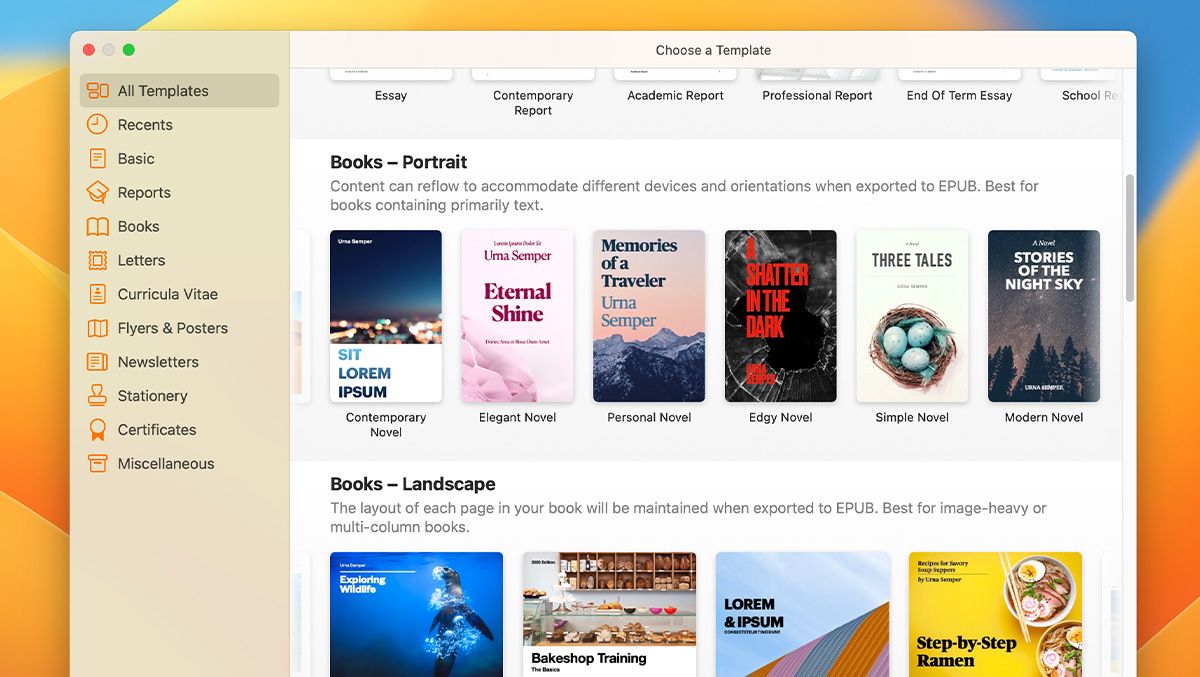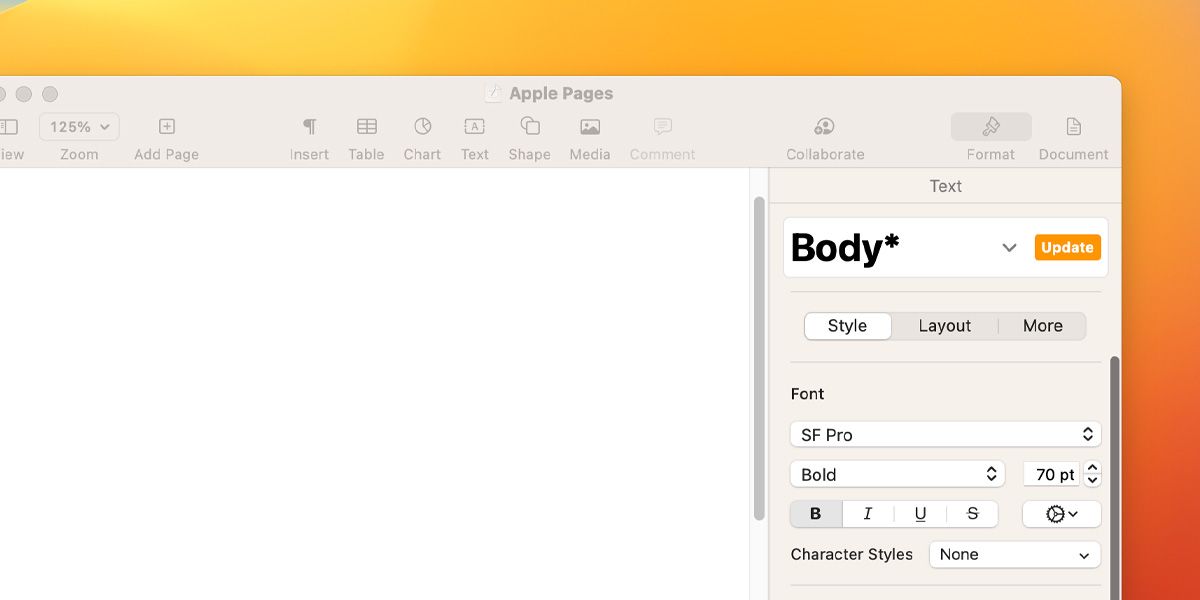If you’re a Mac user still spending money to use Microsoft Word, you might want to consider its free pre-installed Mac alternative, Pages. An app solely designed to work well in the Apple ecosystem, Pages is optimized to better suit the workflow and lifestyle of Apple users.
In this guide, we’ll look at about seven reasons you should consider Apple Pages over Microsoft Word. From having a user-friendly interface to better iCloud support to its overall feel of a modern application, we’ve discussed all considerations for you to use Pages.
1. Price
The first and most obvious reason is the price: Microsoft Word requires a subscription fee, whereas Apple Pages is totally free. Word costs about $6.99/month, as a part of Microsoft 365. Though Word has a free web version and is also free for all mobile devices, it simply does not have all the features available except in its paid desktop version.
On the contrary, Apple Pages—which used to be a paid subscription—is free for all Apple devices, with all features included. You can use it offline as well as online (though there’s no web version of the software), where in the case of the latter, you can utilize the free 5GB iCloud storage—which can be expanded for as little as $1/month—to store your documents.
2. Availability
Microsoft Word is available on every device—you can use it on Windows, Mac, iOS, iPad, Android, and online. But, since the mobile and web versions provide significantly fewer features than the paid desktop version, it could end up being problematic for you—especially if you have advanced-level word processing to do across all your devices.
Apple Pages, alternatively, is just like every other native Apple app: exclusive to Apple devices only. But, that’s where it’s great for you—you can enjoy all of its features across all your Apple devices (Mac, iPhone, and iPad). The iOS and iPadOS versions work seamlessly (and fully) with their desktop counterparts, so you won’t have to worry about losing functionality.
3. Templates
Microsoft Word provides users with a ton of templates. It covers all the basic ones, and more, which you can use right away. For the ones that you cannot find, you can always get them from the web store for the app.
Apple Pages is slightly better when it comes to templates for a couple of reasons. First, it has an overall pretty decent inventory of templates. They cover most of the generic and basic categories like Letters, Reports, Resumes, and even stationary, newsletters, flyers & posters, Books, Certificates, etc.
But, the second part is more fun: the design quality of these templates. Microsoft Word templates are mostly basic—no modern typography, low-res images, and bland colors. Whereas, the ones Apple Pages offers are full of different types of typography, shouting colors, and editable images.
4. Ease of Use
For a novice user, this factor matters the most. Sure, after a certain time, you will learn your way around either of the two word processors. But, what’s more important is how easy they are to use when you first start. At first glance, Microsoft Word will give you a website-like feel. It has a huge toolbar at the top, which houses all the features. Some people like this look, but for some, it's cluttered and inaccessible.
Apple Pages has an overall easier-to-use layout. It will take you around half an hour to learn most of the features. All the basic editing options are placed on the right side, and the ability to insert media, charts, tables, etc., is placed on the top. Regardless of the experience you have with word processors, Apple Pages is designed in a way to be more intuitive.
5. Sharing and Collaboration
If your work involves working on the same file, and you’re not a Google Docs person—which, by the way, is the best online document collaboration tool—then this is another critical factor to take into consideration.
Microsoft Word lets you assign different permissions to your colleagues, and you can also see what they are editing in real-time. Even though it uses OneDrive for sharing and collaboration, it simply is not as good and seamless as Apple Pages (because of the ecosystem).
Apple Pages uses the full potential of iCloud for sharing and collaboration of documents. It also allows you to assign different permissions to your colleagues, and invite them to work on it. The real-time collaboration is seamless, and if your co-workers are also using Apple devices, you can use Apple's Continuity features to further your productivity and experience.
6. Features
Yet another factor that makes or breaks a word processor is the collection of features it provides. Microsoft Word offers a vast collection of features. From translating the text to password-protecting documents, it’s got it all. However, what makes Microsoft Word difficult to recommend over Apple Pages is that, while it has more features, they are difficult to use, and not many people need them.
Comparatively, Apple Pages is a simplified word processor, offering all the basic editing and formatting features that most users would use. Just like Microsoft Word, you can also translate text right from within Pages, and you can password-protect specific documents. What makes Apple Pages superior is that all of these features are bundled together in an easy-to-use user interface to improve work efficiency, without the clutter and complexity of useless features.
7. Saving Documents
Microsoft Word autosaves the document the moment you make an edit, and everything is uploaded to OneDrive. However, in terms of user experience, OneDrive falls behind iCloud, because you cannot edit the documents with the same functions from your mobile using OneDrive.
Apple Pages uses its seamless integration of iCloud to automatically save the document in real-time, similar to Google Docs. This way, you never lose any work in any case. Everything you save will be backed up with iCloud, so you can work on the same document from different devices.
Apple Pages Is Great for the Right Users
Apple Pages suits a specific audience: users of Microsoft Word on Apple devices who don't need too much technical and advanced work done. If you fall within this category, you can easily save up to $84/annum.
But, if you still like the Microsoft Word interface better, there’s no reason why you shouldn’t make it easier for yourself to use it. By translating languages on the go and beautifying fonts with kerning, you can totally change the way you use Microsoft Word.





